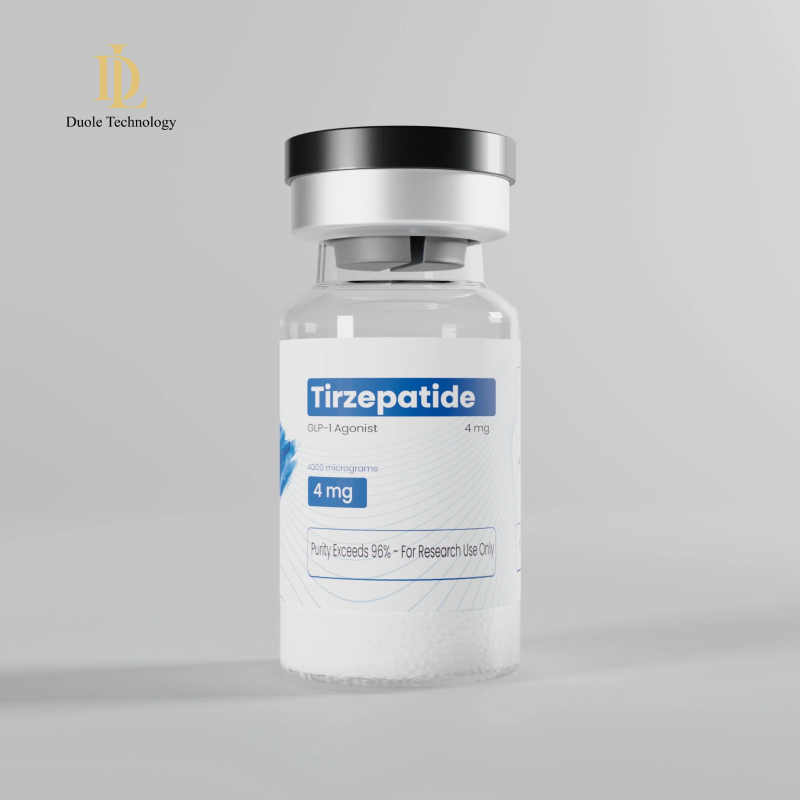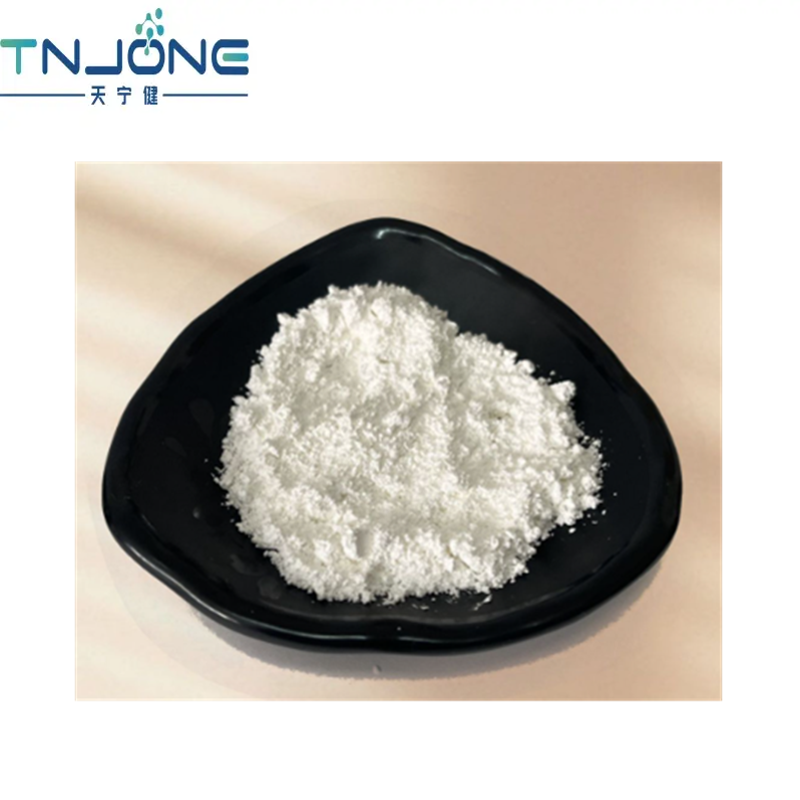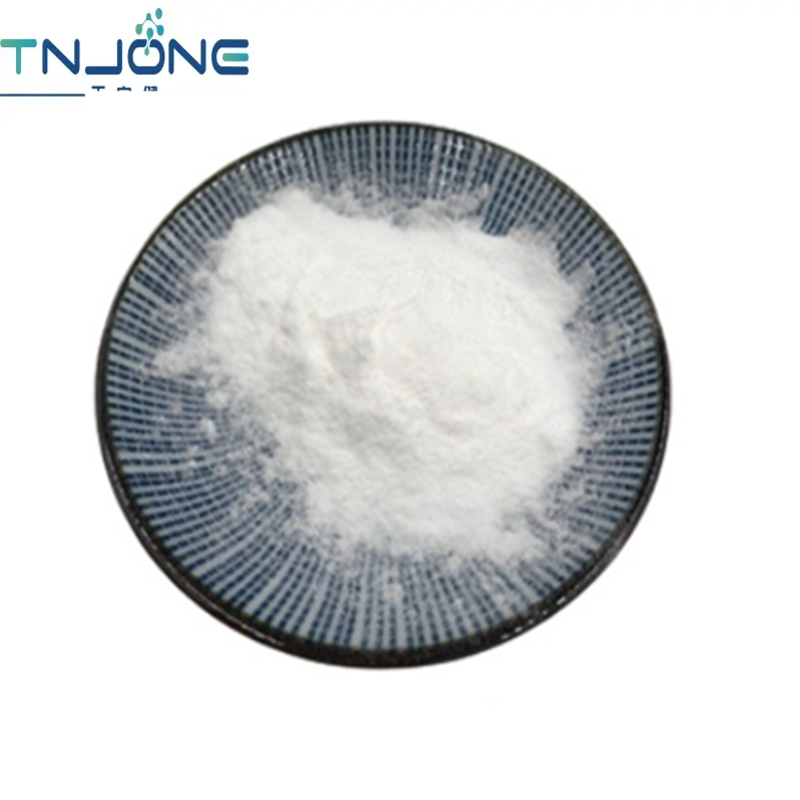-
Categories
-
Pharmaceutical Intermediates
-
Active Pharmaceutical Ingredients
-
Food Additives
- Industrial Coatings
- Agrochemicals
- Dyes and Pigments
- Surfactant
- Flavors and Fragrances
- Chemical Reagents
- Catalyst and Auxiliary
- Natural Products
- Inorganic Chemistry
-
Organic Chemistry
-
Biochemical Engineering
- Analytical Chemistry
-
Cosmetic Ingredient
- Water Treatment Chemical
-
Pharmaceutical Intermediates
Promotion
ECHEMI Mall
Wholesale
Weekly Price
Exhibition
News
-
Trade Service
The glass fermentation equipment adopts a mechanical stirrer to mix the filtered and sterilized sterile air with the fermentation broth, so that the oxygen is fully and evenly dissolved in the fermentation broth to ensure the growth, reproduction and metabolism
of microorganisms.
This fermenter has a strong suitability and is the most important reactor in production
.
No air compressor is required, and the air is automatically drawn in
during the mixing process.
Mainly used for acetic acid fermentation and yeast proliferation
.
The unstirred drive takes advantage of the density difference of the medium to complete the liquid circulation
.
Introduction of structural components of glass fermentation equipment: 1.
Feeding port: The feeding port of the fermenter is connected
to the inner cylinder.
In order to add the actual effect of sterilization of seedlings, the diameter is generally not large, and it is stipulated that there is excellent sealing, generally using electric welding welding short butt and production and processing of inch threads, equipped with screw caps
.
2.
Outer cylinder: The outer cylinder of the fermenter is used as a vessel for water, and the key stipulation for it is that it has a certain compressive strength and bending rigidity, which can bear the working pressure of saturated water vapor caused by heating without destruction, and can bear the force of the vessel and water without causing excessive deformation
.
3.
Inner cylinder: The inner cylinder of the fermenter is only made of stainless steel head, and the upper part is welded together
with the upper stainless steel head of the outer cylinder.
For high-pressure vessels, this type of welding method will cause the largest additional in-situ stress, and the weak bearing condition is equivalent to the old unfolded cone stainless steel head and curved stainless steel head
.
However, because the temperature of the inner and outer cylinders is not much related to work, the raw materials are similar
.
Therefore, the inner cylinder is almost unbearable, and there is no need to consider the compressive
strength problem.
The raw materials of the inner cylinder of the fermenter should be selected stainless steel plate
.
Because the inner cylinder touches the seedlings when working, if there is rust, it will pollute the seedlings
in the environment.
4.
Exhaust valve: A lot of water vapor will appear in the whole process of heating the fermentation tank, which will cause the working pressure in the cylinder to continue to rise, and the melting point of the raw material will also rise with the increase to cause overtemperature, so the exhaust valve must be opened to vent.
The exhaust valve adopts copper or stainless steel plate gate valve, because it opens and closes quickly, and it is not easy to rust and cause environmental pollution
.
5.
Level transmitter: The function of the level transmitter of the fermentation tank is to observe the height of the water level line of the outer cylinder, generally using a laminated glass tubular level meter
.
6.
Valve: The raw material in the inner cylinder of the fermenter has a lot of solid particles and is easy to foam when heating, which may cause the blockage of the exhaust valve, so the valve
must be set.







